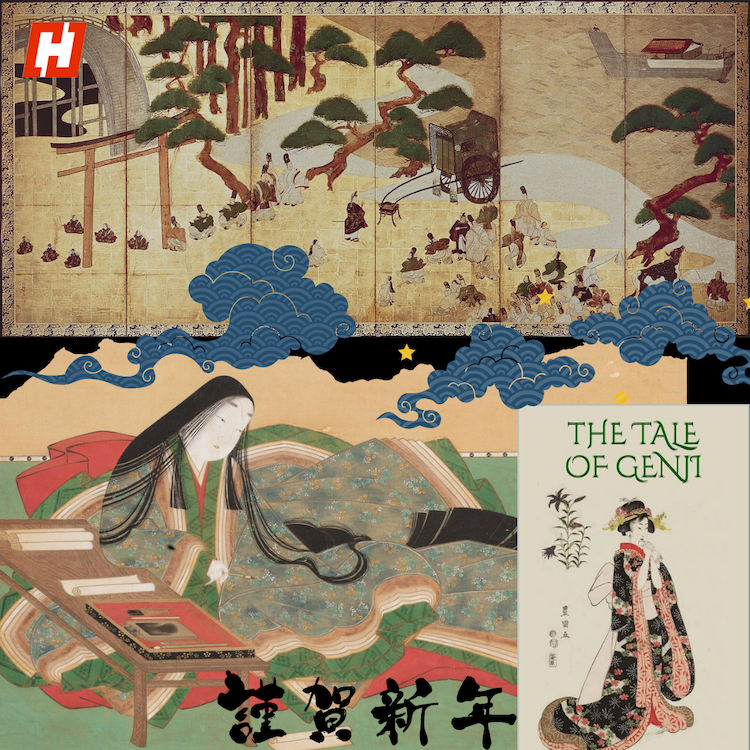The day the world changed
Sadako Sasaki was all of two when she survived the tragic Hiroshima bombing on August 6th, 1945, which claimed the lives of nearly 140,000 people. This little girl would go on to become a symbol of courage, resilience, and peace for generations to come.
While fleeing the fires and radioactive black rain that followed the atomic bomb’s explosion over her hometown, Sadako survived alongside her mother and brother. Sadly, her grandmother was left behind and perished.
The aftermath of World War II in Hiroshima was marked by poverty, sickness, and a lack of resources. As Sadako’s family tried to rebuild their lives while grieving their loss, they were dealt another blow, Sadako was diagnosed with leukemia, often referred to as ‘atomic bomb disease’, a cancer linked to the radioactive fallout of the bombing.
Sadako, the little soldier of hope
Growing up, Sadako was a cheerful child and one of the fastest runners in her class. So, when she was diagnosed with leukemia at the age of twelve, it came as a shock to everyone. Yet, throughout her illness, Sadako remained optimistic and resilient.
While at the hospital, young Sadako and other ailing children were offered origami cranes by the Red Cross Youth Club. According to Japanese tradition, these cranes bring healing and good fortune to those who fold them.
As per Japanese folklore, a crane is said to live for a thousand years, and anyone who folds a thousand origami cranes will have their wish granted. Moved by this legend, Sadako set out to fold a thousand cranes in the hope of recovering her health.
Despite getting weaker with time, Sadako never lost faith in the power of the cranes. She began folding another thousand, this time wishing for her father's debt to be forgiven. She continued folding cranes until her final days, passing away surrounded by over 1,300 origami cranes, hanging above her like guardian angels.
Sadako’s unwavering spirit inspired her friends and classmates to raise money for a memorial in honor of her and all the children who lost their lives to the atomic bombings. In 1958, a statue of Sadako holding a paper crane was erected in Hiroshima Peace Park with the inscription: “This is our cry. This is our prayer. Peace in the world.”
*This article has been curated by Hook. All claims and opinions expressed belong to the original author. Hook does not verify or endorse the information presented and is not responsible for its accuracy.*






